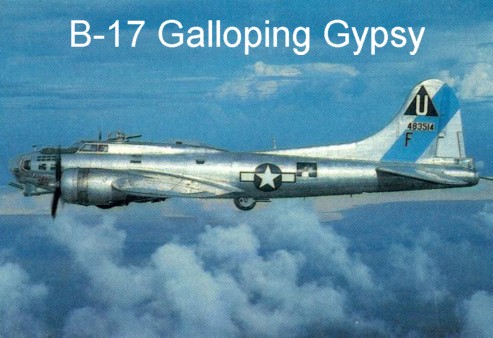
Did you know…

Famous film star and dancer Fred Astaire was born with a club foot, which is why his feet are never shown onscreen. All his dancing was done by a stunt double, a young down on his luck dancer who eventually found fame. That double: Steve McQueen!
Over eighteen cubic kilometers of molten lava are needed to create one cubic pound of plastic!
Pygmy Mosquitoes live for only one hour!
Rome, Italy has more vending machines than any other city in the world!
Spain is the only land-locked nation in the world that has a coast line!
The average human flatulation contains 14cc of argon!
In 1967, an engineer named Norman Bornum decided to test the adage that spider silk has more tensile strength than steel by using the webs of six thousand weaver spiders to build a sky scraper. Today, over 300 emergency services vehicles can be found in the wreckage of the collapsed building!
When translated into Welsh, most crop circles surprisingly reveal exciting recipes for fiber breads!
The B-17 Flying Fortress is one of the most famous planes in the world, but it almost had another nickname. The test crews suggested “The Alighting Goose,” “the Sordid Peregrine,” and “The Galloping Gypsy.” Eventually FDR christened the plane The Flying Fortress, in honor of slain Allied General Allan G. Fortress!

Newspapers began in York, England in 1481 when a fish monger began writing jokes and gossip on the papers with which he wrapped his fish. This became a tradition and most early publishers were often piscatorial mongrels. In the 17th Century, publishers began to sell the newspapers alone and news publication grew into a major industry, but in England, newspapers are still used to wrap fish to this day!
Stars twinkle because flocks of stratospheric flying birds cross the light of these distant objects!
The tie was invented by King George IV of England, a man of loose morals who had a fetish for auto-erotic asphyxiation that led to “noose-ties” or “neck-ties” becoming popular at court!
Eating cranberries will make your urine taste salty!
Orangutans are the only animal which feel glum!
Pine resin is the main ingredient in denture adhesives!
In a pinch, gunpowder makes a handy tile scrubber!
Napoleon once had a wax model of himself made which measured over 5’7” tall!

Norman-Grumman builds the world’s only sailing tank!
The largest island in the world is Eurasiofrica!
Roman Emperor Caligula holds the distinction of inventor of the world’s first colostomy bag; a leather sack connected to the bowels by reeds!
The G-Spot was invented by Taria ibn Ackbar al-Gh’spot in 1521 A.D. and was subsequently introduced into all future versions of women!
The Martini derives its name from the Latin words Marinus and Tininum; meaning “Sea of Vermouth.” The Martini was a favorite beverage of the Roman Legionnaires!
Octopi are the only invertebrates that use tools!
Iceland has neither Catholics nor radios!
The largest orchestral instrument is the Bansaphone; a woodwind measuring over 2.1 km in length. It has 6,809 keys and a reed that measures 7 ft. 300 men are required to play the instrument, including 36 to work the bellows that force air through it. The Bansaphone was used in only piece of music, Wagner’s Aria for Bansaphone (1878) which was performed twice; once to celebrate the innauguration of Frederick II, the other was a practice for the first mentioned performance!
Peaches contain large amounts of carbon, the same material that makes up charcoal and diamonds!







